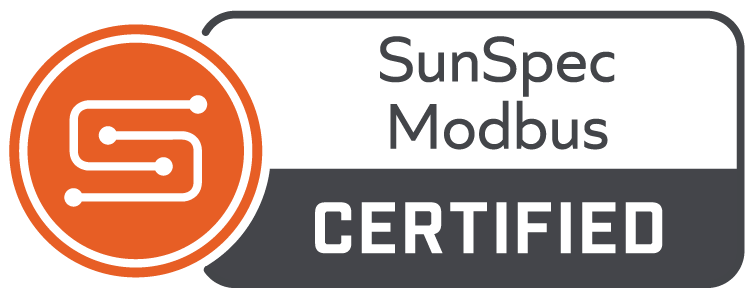Home › Solutions › Solar PV Monitoring & Management Software › What is SunSpec?
Contents
What is SunSpec?
In a world where solar and energy storage systems are becoming smarter and more connected, seamless communication between devices is essential. That’s where the SunSpec Communication Protocol comes in.
At its core, this protocol is about standardisation—ensuring that inverters, meters, batteries, and other distributed energy resources (DERs) can talk to each other, regardless of brand. For EPCs and solar installers, this means faster installs, fewer headaches, and systems that just work.

SunSpec Communication Protocol: A Quick Guide for EPCs and Solar Installers
The SunSpec Alliance is a global consortium that develops open data standards for the DER industry. Their communication protocol is built on Modbus, a widely used industrial protocol, and defines a common language for solar and storage devices.
Think of it as a universal translator for your energy assets. Whether you’re installing a PV inverter or integrating a battery system, SunSpec ensures that data flows smoothly between components and into your monitoring platform.
Why SunSpec Matters
It isn’t just a technical spec it’s a practical tool that helps you:
- Save time on site by reducing the need for custom integrations.
- Ensure compatibility between multi-vendor systems.
- Enable remote monitoring and control with ease.
- Stay compliant with grid regulations like California Rule 21 and UK G100 Export Limitation.
How SunSpec Works
SunSpec defines data models—structured sets of information that devices must expose. For example, a compliant inverter will provide standardised registers for:
- Voltage, current, and power
- Energy production
- Faults and status codes
These data points are accessed using Modbus RTU (serial) or Modbus TCP (Ethernet/IP). Once connected, your monitoring system can read and write to these registers, enabling real-time visibility and control.
Getting Started with SunSpec
Here’s how to bring SunSpec into your workflow:
- Choose SunSpec-compliant devices – Check manufacturer documentation or certification.
- Use compatible gateways (such as our Edge Controller) – Especially when bridging Modbus RTU to TCP/IP.
- Configure communication settings – Set unique device IDs and match baud rates for serial connections.
- Test before you leave site – Use a Modbus client tool to verify data exchange.
- Document your setup – Keep a record of device addresses and register maps.
The Bigger Picture
This is more than a protocol—it’s part of a shift toward open, intelligent energy systems. As the grid evolves, so too must the tools we use to connect and manage it. By adopting SunSpec, you’re not just simplifying installs—you’re future-proofing your projects.
